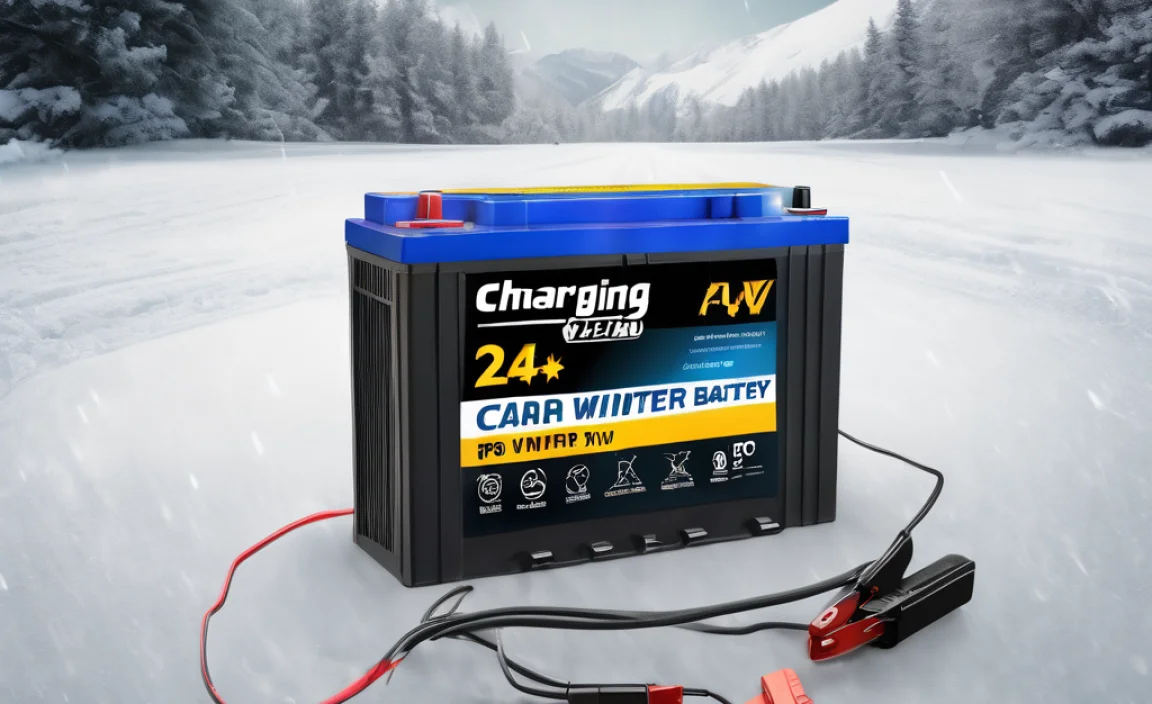3v Battery for Key Fob: Effortless Power for Your Everyday Convenience
The humble 3v battery for key fob is a tiny powerhouse that ensures the seamless operation of one of the most frequently used gadgets in our modern lives: the car key fob. Gone are the days of fumbling with physical keys in the dark or struggling to find the right door in a crowded parking lot. With a simple click, your car unlocks, your alarm disarms, and your world becomes instantly more accessible. But what happens when that essential little device flickers and dies, leaving you stranded or inconvenienced? Understanding the role and importance of the correct battery is crucial for maintaining that effortless power.
Often overlooked until it’s too late, the battery within your key fob is the lifeblood of its functionality. These typically small, coin-shaped cells provide the precise voltage needed for the fob’s internal electronics to communicate wirelessly with your vehicle. For most modern key fobs, this magical voltage is precisely 3 volts. This single, steady stream of power allows for the transmission of signals that perform a multitude of tasks, from unlocking doors and starting the ignition to engaging panic alarms and even remotely popping the trunk. The reliability of this 3v power source directly translates to your everyday convenience and security.
The Dominant Choice: Why a 3v Battery for Key Fob is Standard
The prevalence of the 3v battery for key fob isn’t an arbitrary decision; it’s driven by practical engineering and design considerations. The most common type of 3v battery found in key fobs is the lithium coin cell, often designated by codes like CR2032, CR2025, or CR2016. These batteries offer a compelling combination of characteristics that make them ideal for this application:
Compact Size: Key fobs are designed to be pocket-friendly and unobtrusive. Lithium coin cells are incredibly thin and small, allowing them to fit neatly within the limited space of a key fob without adding significant bulk.
High Energy Density: Despite their small size, these batteries pack a considerable punch. They can store enough energy to power the key fob’s transmitter for extended periods, often lasting for several years under normal usage.
Long Shelf Life: Lithium coin cells are known for their impressive longevity, meaning they can be stored for a long time without significant self-discharge. This is beneficial for manufacturers and consumers alike, ensuring the battery has ample power when it’s finally put into use.
Stable Voltage Output: A consistent voltage is important for delicate electronic components. Lithium coin cells generally provide a stable 3v output throughout their discharge cycle, preventing erratic behavior in the key fob’s circuitry.
Temperature Resistance: Key fobs are exposed to a range of temperatures, from the freezing cold of winter to the sweltering heat of summer. Lithium coin cells generally perform well across a wide temperature spectrum, maintaining their reliability.
Identifying the Right 3v Battery for Key Fob
When your key fob starts to act up – perhaps the range diminishes, or it stops working altogether – the first suspect is usually the battery. Fortunately, replacing it is often a straightforward process. The crucial step is identifying the exact type of 3v battery your fob requires.
Most manufacturers etch the battery type directly onto the fob itself, often on the back or inside the battery compartment. Look for alphanumeric codes such as:
CR2032: This is perhaps the most common type, easily recognizable by its 20mm diameter and 3.2mm thickness.
CR2025: Slightly thinner than the CR2032 (2.5mm), it’s also prevalent in many key fobs.
CR2016: Even thinner (1.6mm), this battery is used in some particularly slim key fob designs.
* Other Variants: While less common, other 3v lithium coin cells exist and might be specified for certain vehicle models.
Important Note: Never assume that all 3v coin cell batteries are interchangeable. While they might look similar, slight differences in size, capacity, and even voltage stability can lead to poor performance or even damage to your key fob’s electronics. Always refer to your vehicle’s owner’s manual or the markings on the key fob itself for the correct battery designation.
Replacing Your 3v Battery for Key Fob: A Simple Guide
Replacing the battery in your key fob is typically a straightforward DIY task that can save you time and money. Here’s a general guide:
1. Gather Your Tools: You’ll likely need a small flathead screwdriver or a plastic pry tool to gently open the key fob. Some fobs have a small notch specifically designed for this purpose.
2. Locate and Open the Fob: Refer to your owner’s manual or search online for instructions specific to your car model. Many fobs split into two halves or have a small cover that slides off.
3. Identify and Remove the Old Battery: Once open, you’ll see the coin cell battery. Note its orientation (which side is facing up). Carefully pry it out using your tool.
4. Insert the New 3v Battery: Place the new battery into the compartment, ensuring it’s oriented correctly. You should hear or feel a small click as it settles into place.
5. Reassemble the Fob: Snap or screw the two halves of the key fob back together securely.
6. Test the Fob: Try unlocking and locking your car from a short distance to ensure the new battery is working correctly.
By understanding the role of the 3v battery for key fob and knowing how to identify and replace it, you can ensure that your everyday convenience and peace of mind remain powered up and ready to go at a moment’s notice. This small but vital component is indeed the key to effortless power for your modern automotive life.


